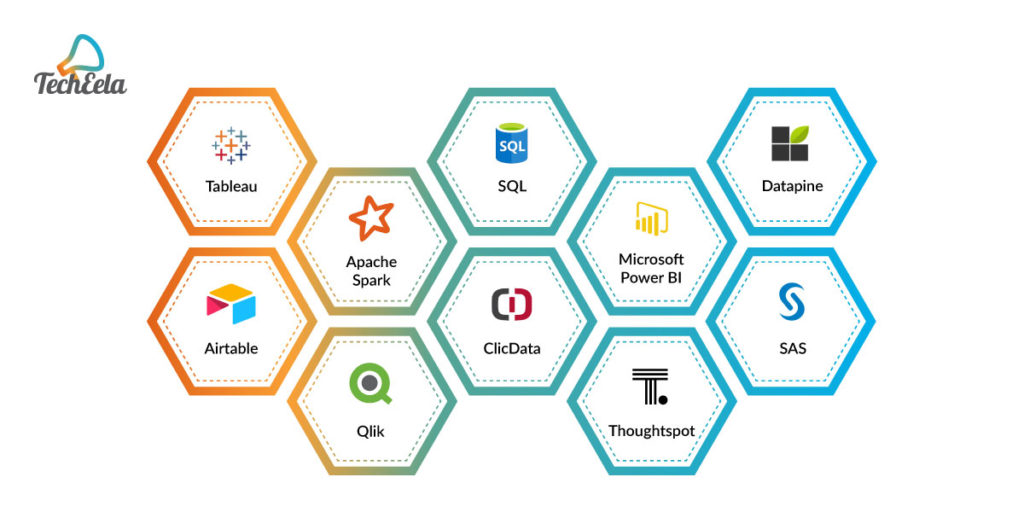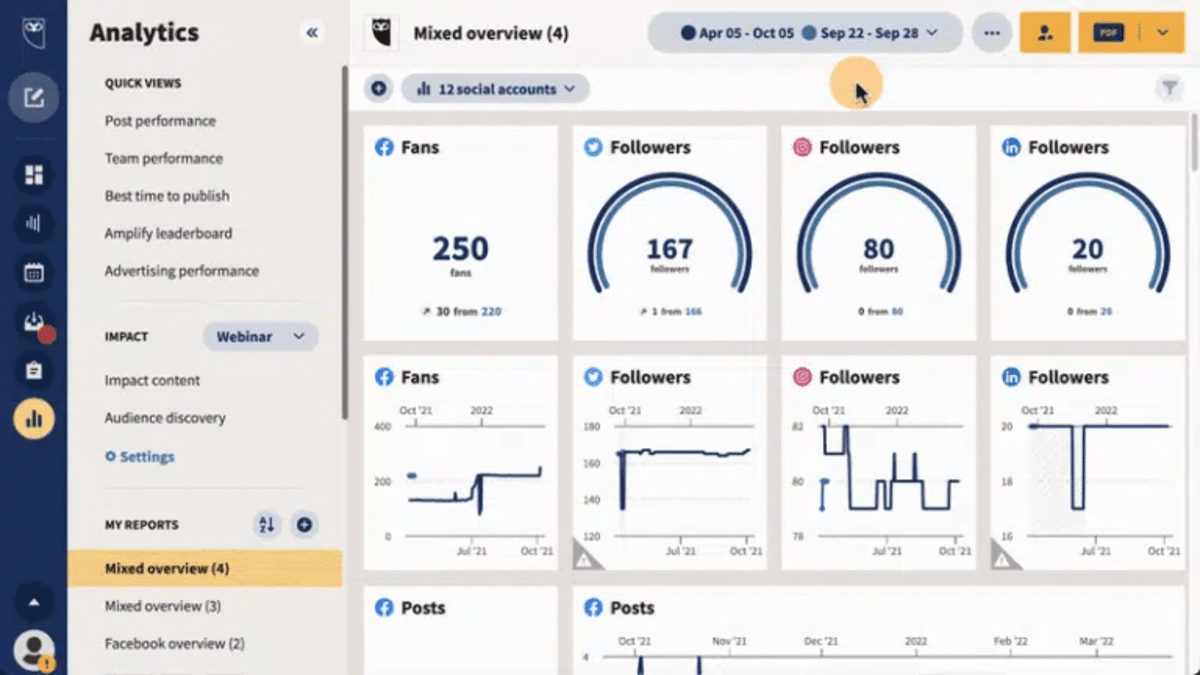Use the Power of Big Information with Cutting-edge Analytics Solutions
Increase Efficiency and Productivity Via Information Analytics
In today's data-driven landscape, companies are increasingly acknowledging the pivotal function of data analytics in boosting operational effectiveness and profitability. By methodically analyzing information, companies can uncover essential insights that notify critical choices, improve procedures, and dressmaker customer experiences.
Comprehending Information Analytics
In today's data-driven landscape, understanding information analytics is essential for organizations intending to boost operational effectiveness and drive productivity. Information analytics involves the methodical computational evaluation of data sets to discover patterns, relationships, and understandings that educate decision-making. By employing different methods, such as analytical evaluation, artificial intelligence, and anticipating modeling, companies can transform raw data into actionable intelligence.
The process normally starts with information collection, where relevant information is gathered from multiple sources, including transactional databases, client interactions, and market trends. This data is then cleaned and organized to make sure precision and consistency. When the information is prepared, logical devices and software program are made use of to discover and envision the details, making it possible for stakeholders to recognize abnormalities and patterns.
Eventually, comprehending data analytics empowers companies to make enlightened choices based on empirical evidence as opposed to intuition. It assists in targeted methods that can enhance resource allocation, boost consumer contentment, and boost total performance. As businesses increasingly identify the value of data-driven insights, a strong understanding of data analytics becomes a crucial expertise for leaders and teams alike, placing them for continual success in an affordable environment.

Trick Benefits for Organizations
Businesses that utilize data analytics can open a wide range of benefits that substantially enhance their procedures and profitability. Among the key advantages is enhanced decision-making. Information analytics provides actionable understandings stemmed from real-time information, permitting companies to make enlightened choices that line up with market needs and consumer choices.
Furthermore, data analytics fosters improved consumer experiences. By comprehending client actions and preferences, services can customize their offerings, bring about boosted contentment and commitment. This customized technique commonly causes greater conversion rates and repeat business.
Moreover, information analytics makes it possible for businesses to identify arising patterns and opportunities. By staying in advance of the curve, companies can take advantage of brand-new markets and innovations prior to their competitors.
Executing Data-Driven Approaches
Successful execution of data-driven strategies needs a thorough understanding of both available data and organizational objectives sources. Organizations should first specify their purposes plainly, guaranteeing positioning in between information initiatives and strategic goals. This quality allows teams to concentrate on relevant metrics and understandings that drive decision-making.
High-grade data is essential for precise evaluation, as Learn More Here poor data can lead to illinformed techniques and thrown away resources - Analytics. Organizations needs to develop processes for data collection, cleaning, and monitoring to maintain data stability.
Moreover, fostering a data-driven culture is vital. Staff members at all levels need to be urged to utilize information in their everyday operations. Training programs and workshops can improve data proficiency, encouraging staff to make enlightened choices based upon logical insights.
Tools and Technologies Introduction
A durable suite of devices and innovations is necessary for organizations aiming to harness the complete possibility of data analytics. These tools promote the collection, processing, and visualization of data, enabling companies to obtain workable insights.
At the fundamental degree, data monitoring systems such as SQL databases and NoSQL systems supply reliable information storage space and retrieval capacities. For data processing and analysis, programming languages like Python and R, along with structures such as Apache Spark, make it possible for complicated estimations and device look at more info discovering applications.
Visualization tools, including Tableau and Power BI, transform raw data right into user-friendly visual styles, making understandings available to stakeholders at all levels. Furthermore, cloud-based platforms like Google Cloud and AWS offer scalable storage and handling options, accommodating the growing volumes of information organizations come across.
For sophisticated analytics, anticipating modeling and AI-driven remedies are increasingly adopted, permitting companies to forecast patterns and boost decision-making procedures. Incorporating these tools into existing operations is vital; companies that successfully utilize this innovation can dramatically boost functional performance and drive success. Thus, investing in the right tools and modern technologies is a critical critical for any data-driven organization.
Study of Success
Leveraging information analytics has led many organizations to achieve amazing renovations in efficiency and profitability. One notable instance is a large retail chain that executed predictive analytics to optimize supply management. By examining historic sales information and customer trends, the company reduced excess supply by 30%, leading to significant price financial savings and boosted capital.
An additional instance can be located in the see page production sector, where a leading automobile producer used data analytics to improve its production processes. By keeping an eye on maker performance in real-time, the organization identified bottlenecks and inefficiencies, leading to a 20% increase in general tools performance (OEE) This not just enhanced manufacturing prices yet likewise lessened downtime and maintenance costs.

These case researches illustrate just how data analytics can drive critical decision-making, optimize procedures, and ultimately boost both effectiveness and productivity throughout various markets.
Conclusion
In conclusion, the integration of data analytics into company operations provides considerable chances for boosting performance and productivity. By methodically assessing information, companies can recognize inadequacies, maximize consumer experiences, and make educated choices.
In today's data-driven landscape, comprehending data analytics is necessary for companies aiming to improve operational efficiency and drive profitability. Data analytics entails the organized computational evaluation of information collections to uncover patterns, relationships, and understandings that notify decision-making. Data analytics offers actionable understandings obtained from real-time data, allowing organizations to make enlightened options that line up with market demands and customer preferences.
Premium data is essential for exact evaluation, as bad data can lead to misguided strategies and thrown away sources. Organizations should develop procedures for data collection, cleansing, and administration to maintain information integrity.